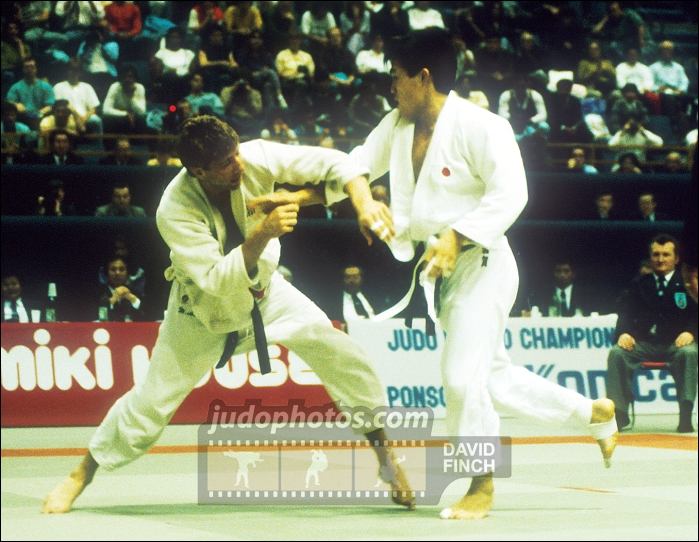On 13 October 1989, in Belgrade, the judo world witnessed the rise of a true master of the art, Toshihiko Koga of Japan. Competing in the under 71 kilogram category at the World Judo Championships, Koga captured his first world title with a commanding performance that would mark the beginning of one of the most remarkable careers in judo history. In the final, he faced the experienced American judoka Mike Swain, a former world champion himself, and produced a display of skill, timing, and technical brilliance that would come to define his legacy.
Koga’s victory that evening was not just another gold medal for Japan. It was a statement, a declaration that a new kind of judoka had arrived on the world stage. Known for his aggressive, fluid, and elegant style, Koga’s approach to judo was both traditional and revolutionary. He combined the precision and discipline of Japanese technique with a creative flair that often left his opponents bewildered. His trademark seoi nage, a shoulder throw executed with breathtaking speed and control, became one of the most iconic techniques in modern judo.
In Belgrade, Koga was in sublime form. Each match demonstrated his ability to read his opponents with uncanny intuition, to turn defensive moments into explosive attacks, and to maintain composure even under immense pressure. Against Swain, who had become world champion in 1987 and was known for his strength and tactical intelligence, Koga showed the difference between strength and style. He moved with fluidity, anticipating Swain’s every move, and when the decisive moment came, he executed with such precision that the outcome seemed almost inevitable.
That world title in 1989 was the beginning of a golden era for Koga. He would go on to win two more world championships, in Barcelona in 1991 and in Hamilton in 1993, as well as the Olympic gold medal in Barcelona in 1992. Yet, it was in Belgrade where the legend began, where the world first saw the young judoka who combined artistry and effectiveness in perfect harmony.
For many, Koga’s judo was more than competition, it was performance. Every throw was an expression of his philosophy, that true judo lies in beauty and precision as much as in victory. His influence reached far beyond Japan, inspiring generations of athletes who sought to emulate his techniques and his spirit.
Looking back, 13 October 1989 remains a defining date in judo history. In Belgrade, Toshihiko Koga announced himself as a future great, defeating one of the sport’s finest competitors with brilliance and grace. It was a moment when the sport itself seemed to evolve, as Koga’s name became synonymous with the highest ideals of judo, courage, skill, and the relentless pursuit of perfection.


AloJapan.com